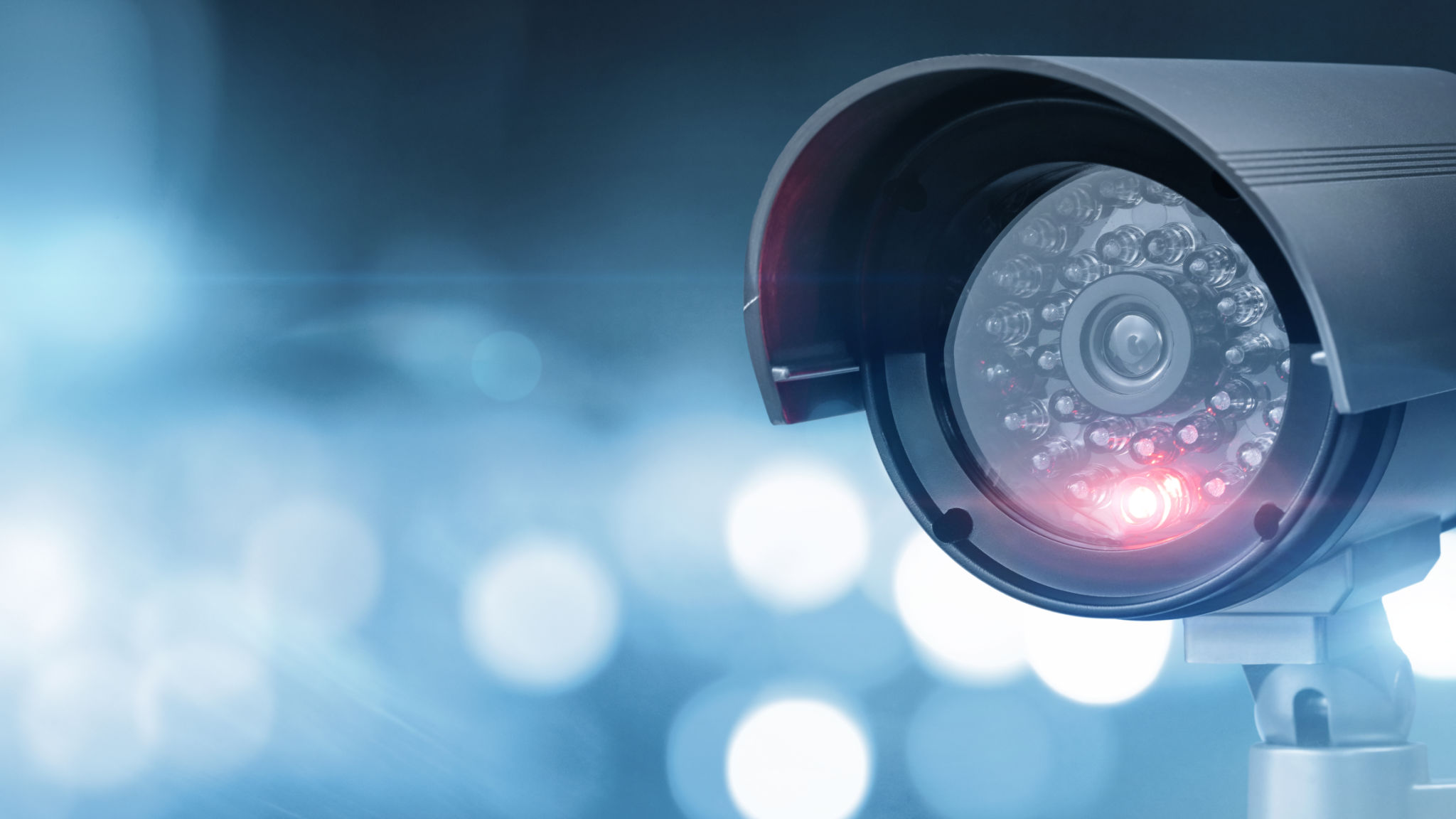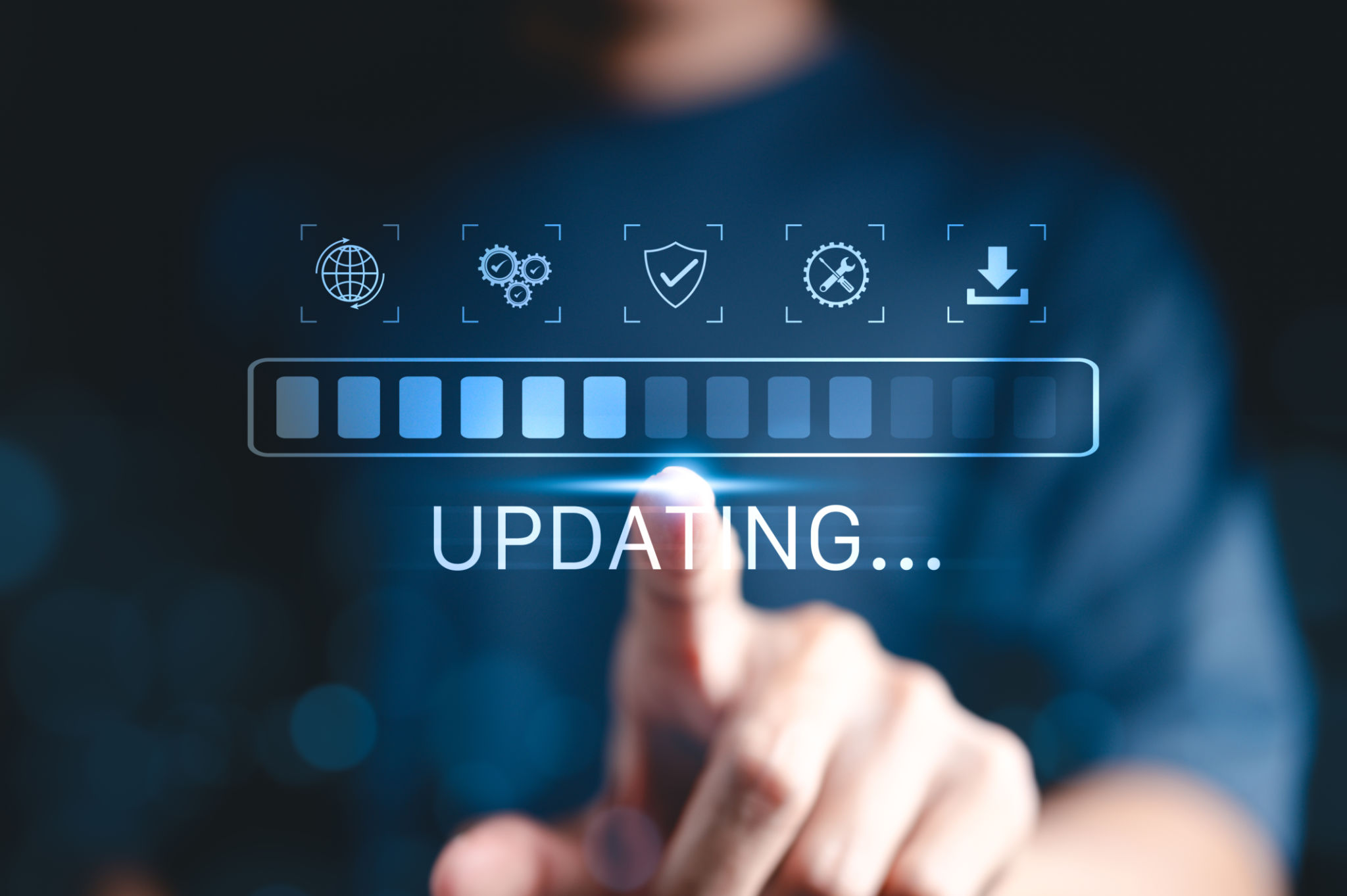Expert Tips for Maintaining Your Infrared Detection Cameras
Understanding Infrared Detection Cameras
Infrared detection cameras are invaluable tools in various industries, from security and surveillance to industrial maintenance and wildlife research. These cameras operate by detecting infrared radiation, converting it into an image that reveals heat patterns. To ensure optimal performance, it's crucial to maintain these devices properly.

Regular Cleaning and Inspection
One of the fundamental maintenance tasks is regular cleaning and inspection. Dust, dirt, and moisture can impair the camera's lens and sensor, affecting image clarity. Use a soft, lint-free cloth to gently clean the lens and body of the camera. For stubborn spots, a small amount of lens cleaner can be applied.
Inspect the camera for any signs of damage or wear, such as cracks or loose components. Pay special attention to the lens and infrared sensor, as these are critical for accurate image capture. If you notice any issues, address them immediately to prevent further degradation.
Updating Software and Firmware
Keeping your infrared detection camera's software and firmware up-to-date is essential. Manufacturers regularly release updates that enhance functionality, improve accuracy, and fix bugs. Regularly check for updates on the manufacturer's website or through the camera's software interface.

Before updating, ensure all important data is backed up to prevent loss in case of a failed update. Follow the manufacturer's instructions carefully during the update process to avoid any inadvertent errors.
Calibration and Performance Testing
Over time, infrared detection cameras may require calibration to maintain accuracy. Calibration involves adjusting the camera settings to ensure it correctly interprets infrared signals. Consult your camera’s manual or manufacturer for guidance on when and how to perform calibration.
Regular performance testing can help identify potential issues before they become significant problems. Conduct tests under different conditions to ensure the camera operates effectively across its intended range of uses.

Proper Storage Practices
When not in use, store your infrared detection camera in a cool, dry place to protect it from environmental damage. Use a protective case to shield it from dust, moisture, and physical impacts. Ensure the storage area is free from magnetic fields and extreme temperatures, which could harm the device.
If the camera will be stored for an extended period, remove batteries to prevent corrosion. This simple step can significantly extend the life of your equipment.
Conclusion
Maintaining your infrared detection camera involves a combination of regular cleaning, software updates, calibration, performance testing, and proper storage. By following these expert tips, you can ensure that your device remains in excellent working condition, providing accurate and reliable data whenever needed. Investing time in maintenance not only prolongs the life of your equipment but also maximizes its performance, ensuring you get the most from your investment.